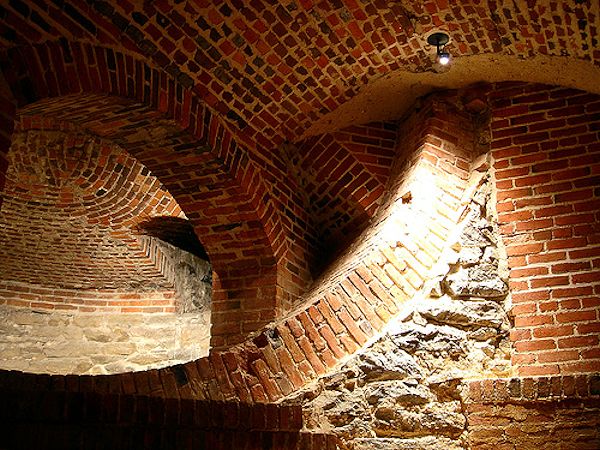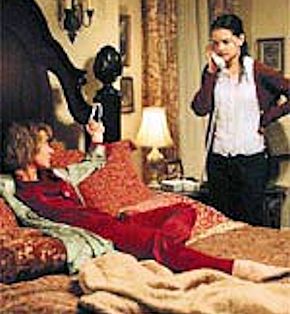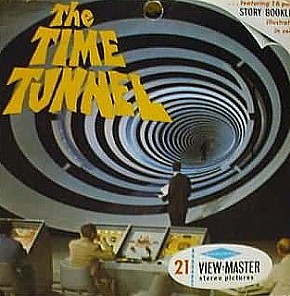2007.03.11 13:54
...and speaking of random tangents
Oh, now I get it. A date with Kate Moss, no figure.
Might I suggest some Idi Amin Cuisine.
So there I was, sometime in the January summer of 1987, walking through the deserted Capitol Building. The new Capitol was almost ready, but they still have to straighten the giant slanting flagpole erected the day before. Went through both Houses, and even sat in the Monarch's chair. And then, while looking at all the Prime Minister portraits hanging in the Central Hall, I leaned against this vitrine back in the corner. So what's this big, old document? "Hey guys, get a load of this. It's the Magna Carta!"
Australia's a trip.
I had no idea then who Helene Gregoroffshy Fisher and Hannah Fisher Price were. Let alone I might one day live exactly where Hannah was born. They didn't find utopia, although Ottopia found them.
Is the Athenaeum an unacknowledged(?) precursor of Deconstructionist architecture? Walked through every inch of that place sometime the middle of July summer of 1978. It was a Friday, construction almost done, and the place was deserted. Very attractive building. Gorgeous blue sky day.
Guess who wrote "Bizarre experiments are now a commonplace of scientific research."
[And speaking of commonplace bizarre experiments:]
"Only if virtual evolution can be used to explore a space rich enough so that all the possibilities cannot be considered in advance by the designer, only if what results shocks or at least surprises, can genetic algorithms be considered useful visualization tools."
--de Landa
You know, if a client came to me an asked for a rich space that would shock or at least surprise them, I certainly wouldn't need a genetic algorithm to accomplish the task.
Do you think I should donate my genetic code to science? I mean, what if they find it's totally random and completely tangential?!?

crypt below the Baltimore Cathedral
| |
2007.03.10 20:42
...and speaking of random tangents
Never in the crypt. Only once upstairs, one afternoon in April 1997. The Ionic columns of the portico stuck me, as did the ceiling inside. Strong stuff.
Nice image. Thanks for sharing. Say more if you like. I'm all ears.
I'm quickly becoming fascinated by the man, his work, and his career. This interest started because every time I now walk to the mail box up the corner, I just may be walking past the location of one of Latrobe's more obscure works, (although that crypt looks just as obscure).
"In the summer of 1800, when the architect was away on his wedding trip, [John] Barber absconded, taking with him a considerable sum of money and all the most valuable office and personal papers."
--Hamlin
Miers Fisher had Ury House renovated sometime after 1795. There's no doubt Miers Fisher and Latrobe knew [of] each other--they lived in the same exact neighborhood downtown.
"Miers Fisher built the parlors on the West side of the house and made extensive alterations and additions to Ury House and did much besides to improve the exterior of the house and unify the three distinct sections. To give uniformity of appearance to the facade, with its two original three story buildings on the East and center and its two story drawing room addition windows at the West of the entrance hall. These windows were the occasion of much merriment and many witticisms based on the absence of window glass, and the wags expressed constant surprise that a man so famous for his hospitality as Miers Fisher, should greet his guests with Champagne and no glasses."
--Crawford
And now I'm off to see The Last King of Scotland, yet I really want to see Teaching Mrs. Tingle, again.

"Please tell me that's Oscar on the phone."
And the John Barber Award for Architectural Deviance goes too...
| |
2007.03.10 17:09
...and speaking of random tangents
"Thus the book is a puzzled book, just as it deals with a puzzling character in a changing and puzzling world."
I'm growing more and more fond of Hamlin's architectural writing. I even hope to tackle his two volumes of Forms and Functions of Twentieth-Century Architecture some day.
The book is Characteristic Anecdotes . . . to illustrate the Character of Frederick the Great, the translation into English by the young, pre-architect Benjamin Henry Latrobe.
Latrobe and the King of Prussia, go figure.
Latrobe and his uncle the Pasha in Constantinople visited by Cassanova, go figure.
Latrobe's English Moravian father and Pennsylvania Deutsch Moravian mother, go figure.
Latrobe and the Baron Karl von Schachmann, go figure.
Every time my own father ran off his Silesian 'language' witticisms the whole room of company burst out laughing.
"...Latrobe explains in a footnote, "The King of Prussia pronounced what the old man said in the broad provincial dialect of that country [Silesia]. I attempted to imitate it..."
And here's my attempt:
"I was have gone to the train. Was there the station gone."
"Little Miss Mary had yoked herself with the yellow of the egg."
"Hey, pass my the flag."
"What kind of flag?"
"You know, the frying flag."
"Strasse rechts. Strasse links. Kaserne wo bist du?" --that's exactly what it's like when you're lost at the King of Prussia Mall.
Yet today's task was to find the exact locations of the stops (and sketches) of Charles Willson Peale's "Blackberry Ramble". I know, "Blackberry Ramble" conjures up all kinds of imaginings these days, but 180 years ago it meant the mid-August three day walking tour of a very accomplished 83-year-old man along the blackberry grown lanes of Oxford Township into Lower Dublin Township. Peale started at Frankford, and went as far as Ury, and then went back to Frankford. It turns out that when I leave my house and go to the Historical Society of Frankford and then come back home, I (almost exactly) virtually reenact "The Blackberry Ramble", albeit in reverse.
"I think this room holds a portal to the fourth dimension."
I had very good reason for saying so, and the strangers I said it to agreed.

Today I'd call this show Random Tangents.
| |
2007.03.09 22:02
...and speaking of random tangents
The four architects had decided to achieve an effect of harmony and therefore not to use any historical style in its pure form. Peter Keating designed the white marble semi-Doric portico that rose over the main entrance, and the Venetian balconies for which new doors were cut. John Erik Snyte designed the small semi-Gothic spite surmounted by a cross, and the bandcourses of stylized acanthus leaves which were cut into the limestone of the walls. Gordon L. Prescott designed the semi-renaissance cornice, and the glass-enclosed terrace projecting from the third floor. Gus Webb designed a cubistic ornament to frame the original windows, and the modern neon sign up on the roof, which read: "The Hopton Stoddard Home for Subnormal Children."

"Comes the revolution," said Gus Webb, looking at the completed structure, "and every kid in the country will have a home like that!"
The original shape of the building remained discernable. It was not like a corpse whose fragments had been mercifully scattered; it was like a corpse hacked to pieces and reassembled.
--Ayn Rand, The Fountainhead (1943), pp. 385-6.
And Helene Gregoroffsky Fisher died 9 April 1828 in Cincinnati, of all places. What are the odds of that?

Is anyone reading Frascari's Monsters of Architecture these days?
Are monsters merely crazy, mixed-up reenactments?
|